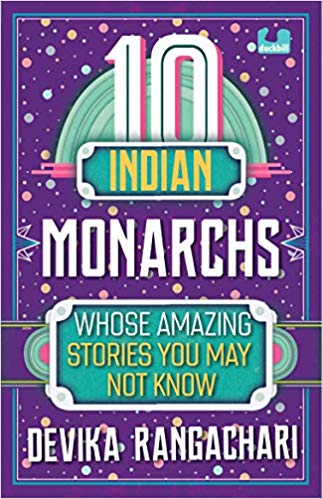This slim volume takes us on a whistle-stop tour of many kingdoms where we meet kings and queens whose names are not unfamiliar, but about whom we might have known just a few sketchy facts.
Author and historian Devika Rangachari breathes life into them as she weaves vivid portraits that step out of their frames and speak to us. Facts gleaned from various historical sources are arranged in a manner that you get glimpses of various geographies and periods of Indian history as read in school. Since her work as a historical research scholar has been largely on late ancient and early medieval Indian history, she has chosen rulers from that period. In her introduction, she suggests it is an idiosyncratic selection but it is clearly more than that. She has a strong stand for many of her choices as she rescues characters from obscurity using her resources as a historian and the need to parse facts that shed light on what constitutes our understanding of history at different points in time.
Rangachari writes, ‘There are very few women rulers written about in history text-books, not just in India but all over the world. It is true that the majority of rulers were male, because most monarchies are patrilineal. But there were more women rulers than history books list and wives and sisters and mothers of kings frequently played more significant roles in policy and administration, which are not necessarily catalogued in text-books. When you consult the actual sources of history such as coins, inscriptions and contemporary text, you often get an entirely different picture of the role that women played in the political, social, economic and religious spheres.’

